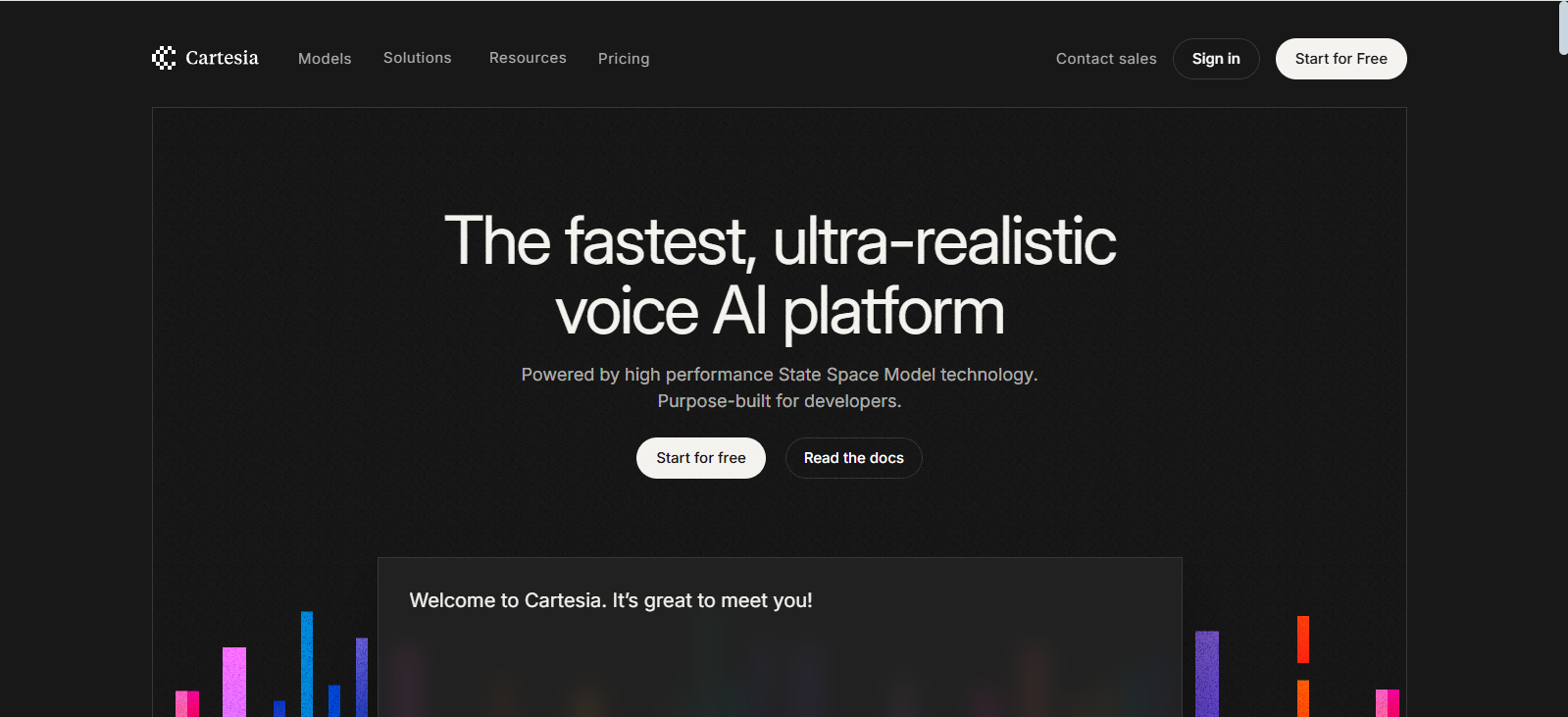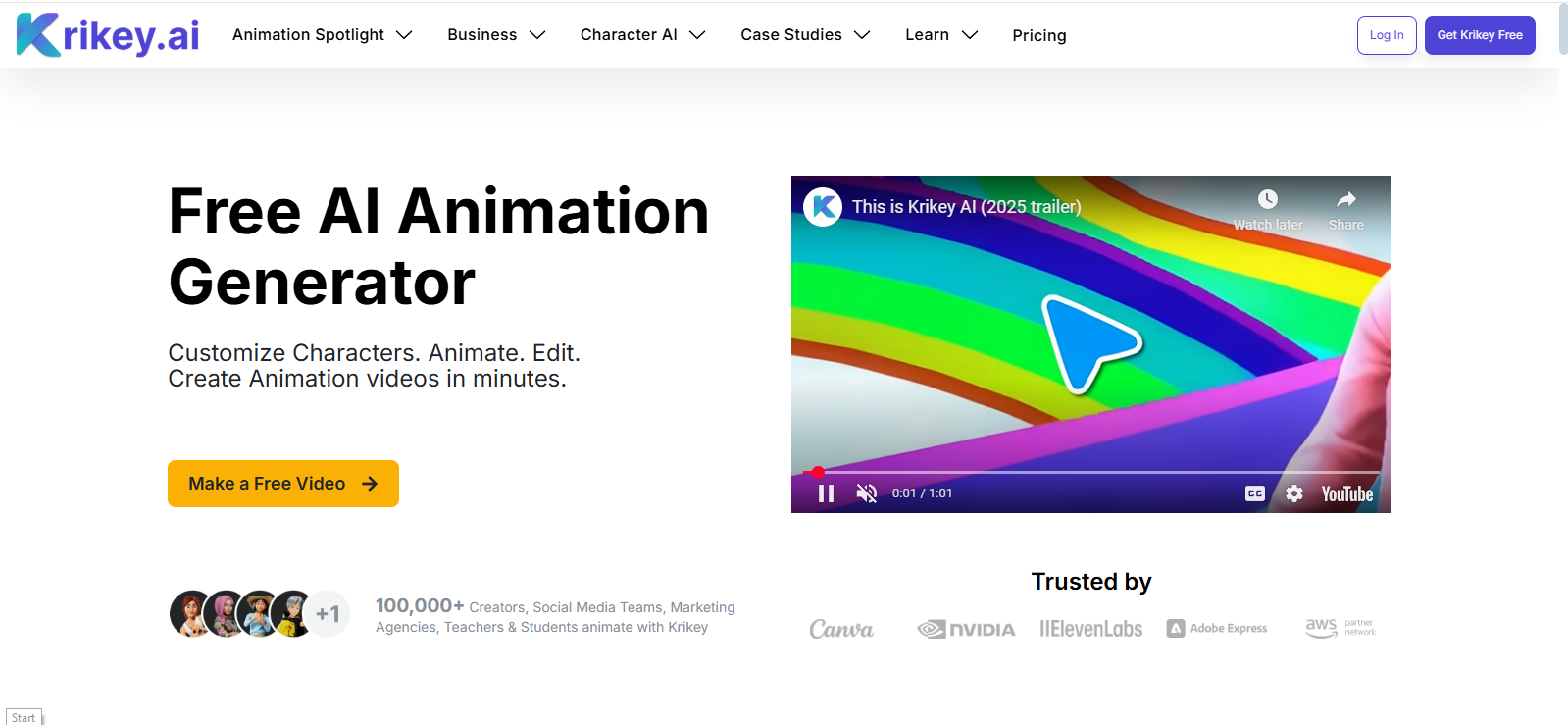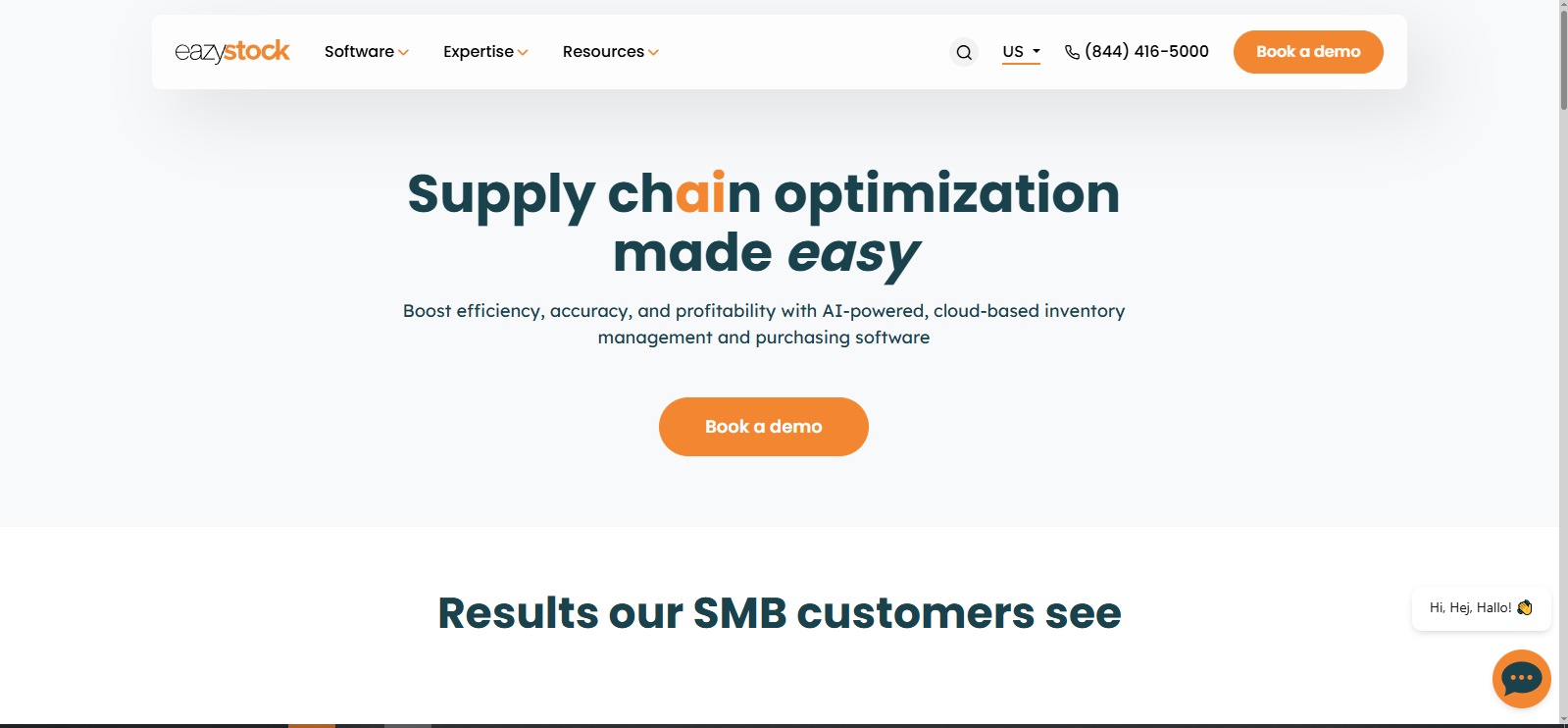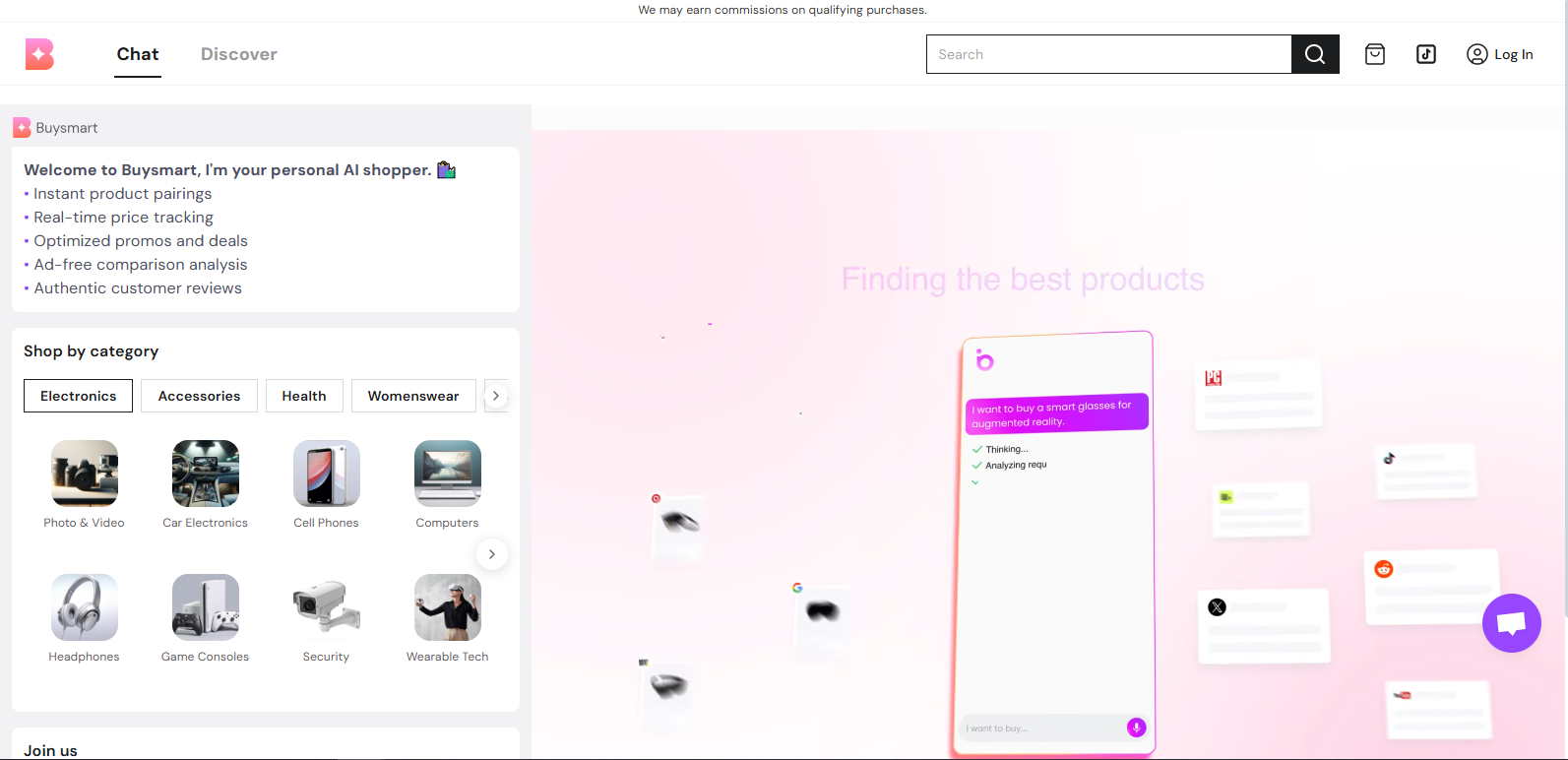Overall Value
Cartesia equips developers and startups with lightning-fast, lifelike voice AI. Its Sonic TTS model streams audio in as little as 40 ms—fast enough to power real-time phone agents, voice assistants, or live narrations. With voice cloning, accents, and ultra-low latency, Cartesia turns your text into natural-sounding speech that listens and responds like a person
Key Features
- Sonic TTS: glowing, human-quality speech in 40–90 ms
- Voice cloning & changer: create custom voices in seconds with just 3–10 s of source audio
- Ink STT: seamless, real-time transcription built for noisy, conversational environments
- Multilingual & accent support: 15+ languages, native inflections included
- On-device & cloud deployment: flexible setup with end-to-end encryption
- Voice agent templates: build phone agents, support bots, outbound callers in a snap
Use Cases
- AI-powered support agents that answer customer queries in real-time
- Call center automation with natural speech and instant transcriptions
- Podcast narration, e-learning, and automated storytelling
- Audiobook dubbing across languages and dialing in accents
- Interactive voice experiences for games, avatars, or smart devices
Technical Specs
- API access: built for developers, with well-documented SDKs
- Latency: 40 ms (Sonic Turbo) to 90 ms (Sonic) time-to-first-audio
- Streaming STT: Ink models handle real-world audio variances
- Customizable voice features: adjust tone, emotion, speed, and clarity
- Scalable arch: runs on-device or in cloud—SOC2, HIPAA, PCI-compliant
- Memoryful architecture: powered by state-space models for context-rich flows
👉Launch voice apps that talk and listen like humans
FAQs
Not at all. You get natural-sounding speech in under 100 ms—often in just 40 ms.
You can clone in as little as 3 to 10 seconds of clean audio.
Yes. Cartesia supports on-device deployment for offline, private applications
Absolutely. It supports 15+ languages with native pronunciation accuracy.
Conclusion
Words matter. With Cartesia, your apps speak and listen with human warmth and lightning speed. Whether you’re launching an AI receptionist, voice-driven game, or automated podcast, Cartesia’s ultra-low latency, voice cloning, and privacy-first deployment empower you to build next-gen voice experiences. Say goodbye to robotic delays—say hello to real, responsive conversation.









